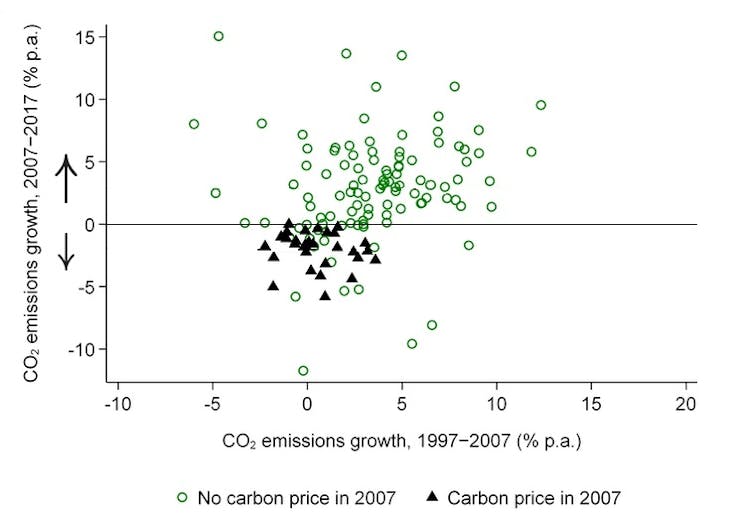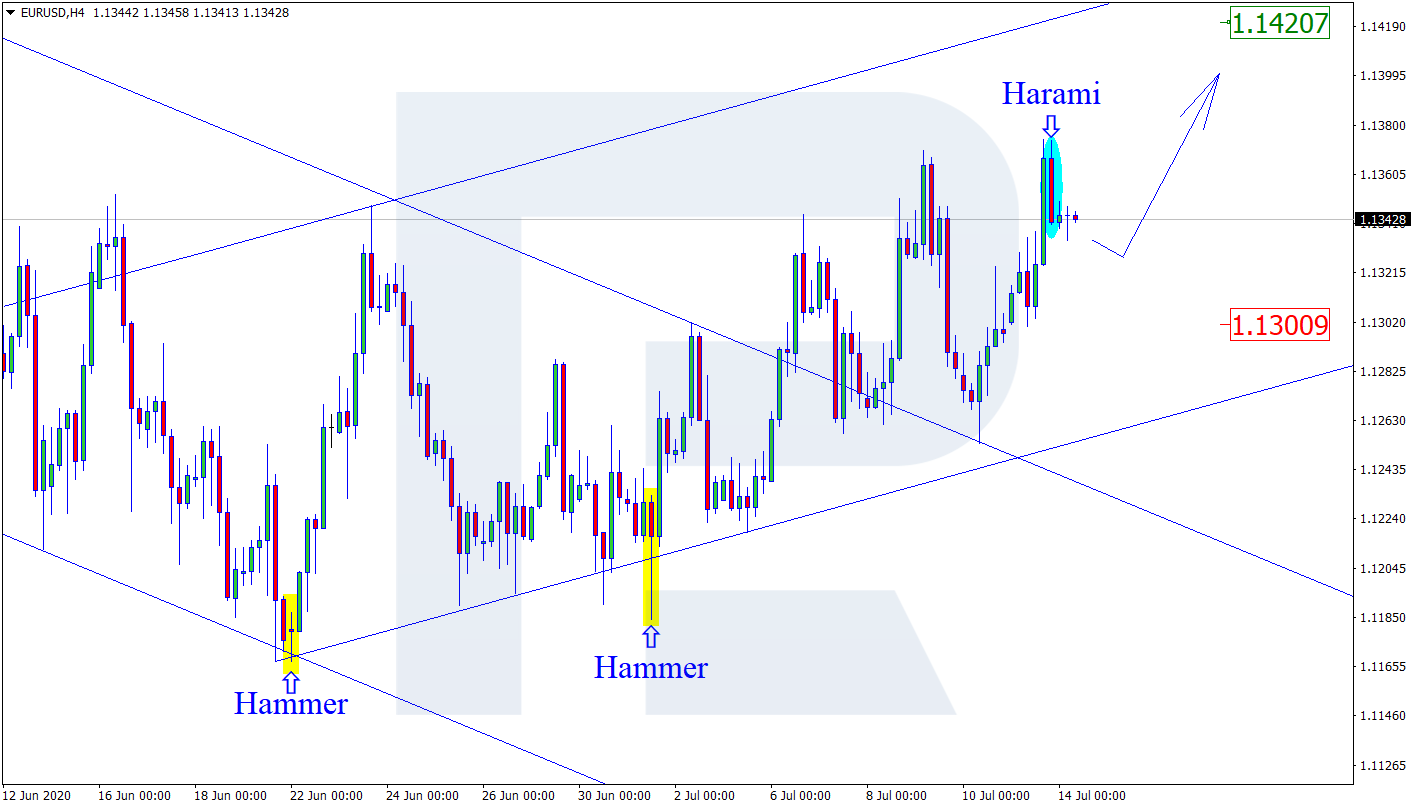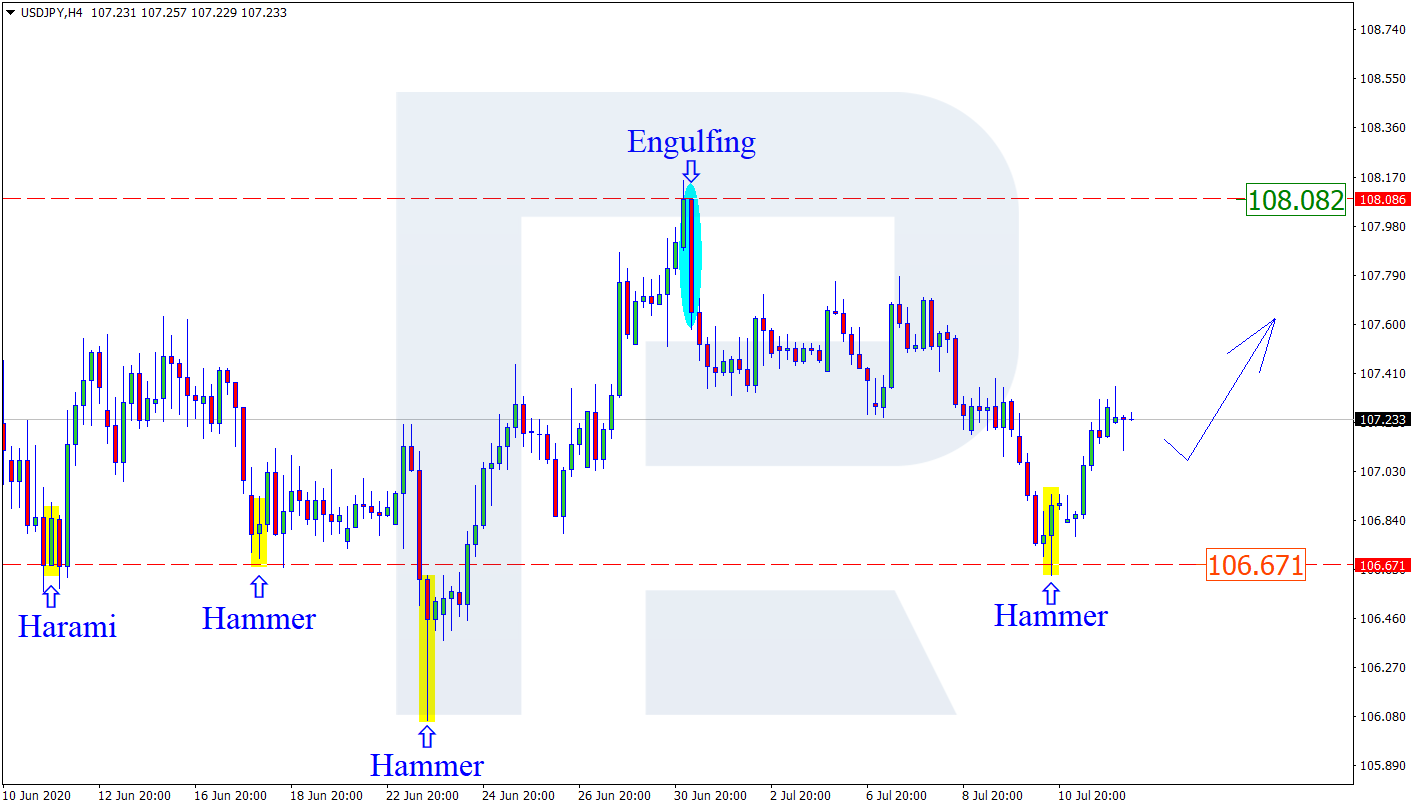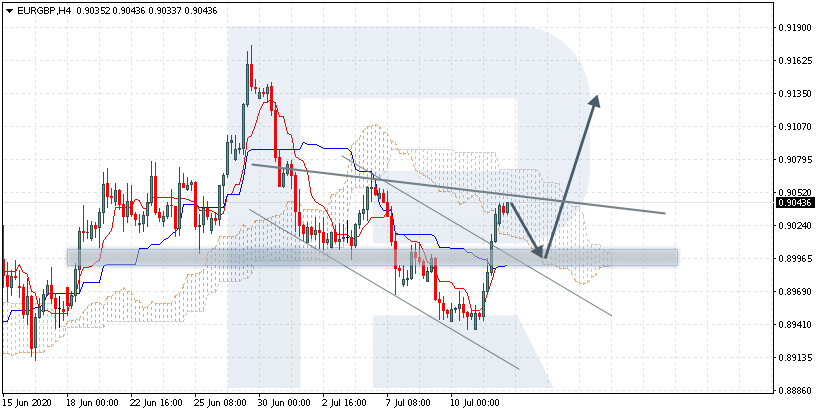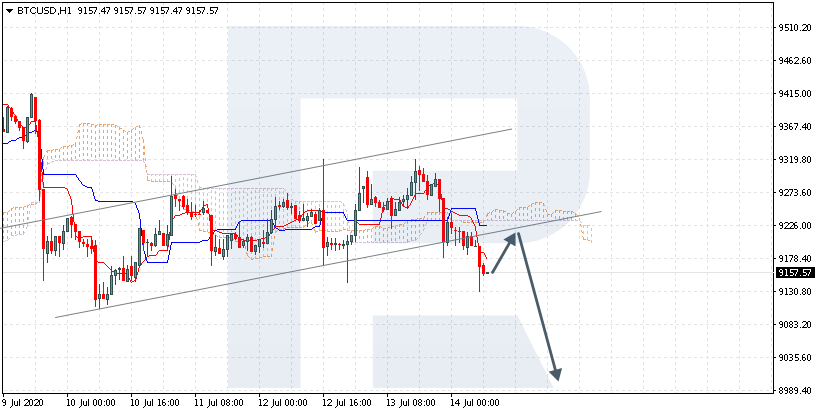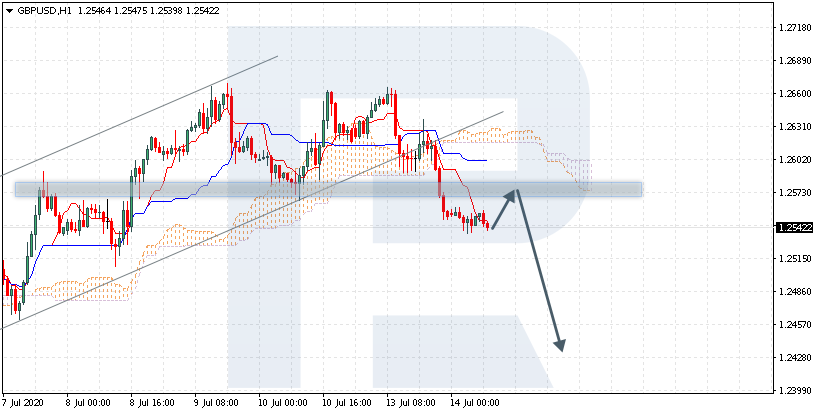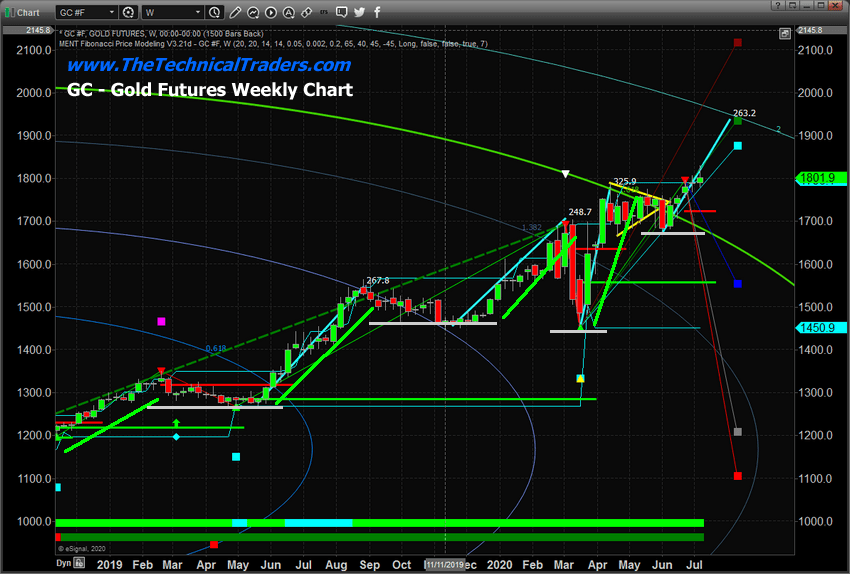by JustForex
The EUR/USD currency pair
- Prev Open: 1.13416
- Open: 1.13976
- % chg. over the last day: +0.49
- Day’s range: 1.13898 – 1.14447
- 52 wk range: 1.0777 – 1.1494
The EUR/USD currency pair shows a pronounced upward trend. The trading instrument has reached key extremes. Some Fed representatives believe that the regulator will have to resort again to lower interest rates in the near future. At the moment, EUR/USD quotes are consolidating in the range of 1.1390-1.1445. The single currency has the potential for further growth. Positions should be opened from key levels.
- – Industrial production in the US at 16:15 (GMT+3:00);
- – Fed’s “Beige Book” at 21:00 (GMT+3:00).

Indicators signal the power of buyers: the price has fixed above 50 MA and 100 MA.
The MACD histogram is in the positive zone, which gives a signal to buy EUR/USD.
Stochastic Oscillator is in the neutral zone, the %K line is above the %D line, which also indicates the bullish sentiment.
- Support levels: 1.1390, 1.1370, 1.1325
- Resistance levels: 1.1445, 1.1500
If the price fixes above 1.1445, further growth of the EUR/USD quotes is expected. The movement is tending to the round level of 1.1500.
An alternative could be a decrease in the EUR/USD currency pair to 1.1360-1.1340.
The GBP/USD currency pair
- Prev Open: 1.25539
- Open: 1.25468
- % chg. over the last day: -0.02
- Day’s range: 1.25468 – 1.26271
- 52 wk range: 1.1466 – 1.3516
Purchases prevail on the GBP/USD currency pair. The British pound has updated local highs. At the moment, GBP/USD quotes are testing the resistance level of 1.2620. The 1.2580 mark is the nearest support. The greenback demand has weakened. The UK released optimistic inflation data for June. A trading instrument is tending to grow. Positions should be opened from key levels.
We recommend paying attention to economic releases from the US.

Indicators signal the power of buyers: the price has fixed above 50 MA and 100 MA.
The MACD histogram has moved into the positive zone, indicating the bullish sentiment.
Stochastic Oscillator is in the neutral zone, the %K line is above the %D line, which also gives a signal to buy GBP/USD.
- Support levels: 1.2580, 1.2555, 1.2500
- Resistance levels: 1.2620, 1.2665
If the price fixes above 1.2620, further growth of GBP/USD quotes is expected. The movement is tending to 1.2660-1.2680.
An alternative could be a decrease in the GBP/USD currency pair to 1.2550-1.2520.
The USD/CAD currency pair
- Prev Open: 1.36079
- Open: 1.36085
- % chg. over the last day: +0.01
- Day’s range: 1.35773 – 1.36179
- 52 wk range: 1.2949 – 1.4668
There is an ambiguous technical pattern on the USD/CAD currency pair. The loonie is consolidating in the range of 1.3580-1.3610. Financial market participants have taken a wait-and-see attitude before today’s Bank of Canada meeting. It is expected that the regulator will keep the key marks of monetary policy at the same level. We recommend paying attention to the comments by the Central Bank representatives. Positions should be opened from key levels.
At 17:00 (GMT+3:00), the Bank of Canada will announce its interest rate decision.

Indicators do not give accurate signals: the price has fixed between 50 MA and 100 MA.
The MACD histogram has moved into the negative zone, indicating the bearish sentiment.
Stochastic Oscillator is in the neutral zone, the %K line is below the %D line, which gives a signal to sell USD/CAD.
- Support levels: 1.3580, 1.3545, 1.3525
- Resistance levels: 1.3610, 1.3645, 1.3700
If the price fixes above 1.3610, USD/CAD quotes are expected to grow. The movement is tending to 1.3640-1.3680.
An alternative could be a decrease in the USD/CAD currency pair to 1.3550-1.3530.
The USD/JPY currency pair
- Prev Open: 107.238
- Open: 107.182
- % chg. over the last day: -0.03
- Day’s range: 106.888 – 107.307
- 52 wk range: 101.19 – 112.41
Sales prevail on the USD/JPY currency pair. The trading instrument has updated local lows. The Bank of Japan, as expected, kept the key marks of monetary policy at the same level. At the moment, USD/JPY quotes are consolidating in the range of 106.85-107.10. The yen has the potential for further growth against the US dollar. Positions should be opened from key levels.
We recommend paying attention to the news feed on the US economy.

Indicators signal the power of sellers: the price has fixed below 50 MA and 100 MA.
The MACD histogram has moved into the negative zone, indicating the bearish sentiment.
Stochastic Oscillator is in the neutral zone, the %K line is below the %D line, which gives a signal to sell USD/JPY.
- Support levels: 106.85, 106.70, 106.50
- Resistance levels: 107.10, 107.30, 107.40
If the price fixes below 106.85, a further drop in USD/JPY quotes is expected. The movement is tending to 106.70-106.50.
An alternative could be the growth of the USD/JPY currency pair to 107.30-107.50.
by JustForex





